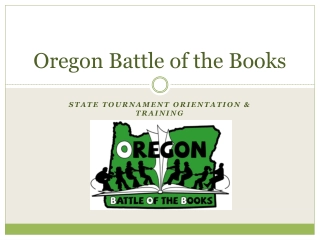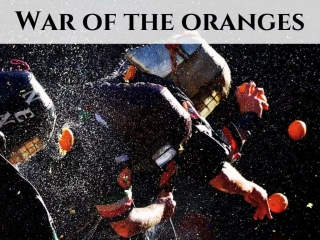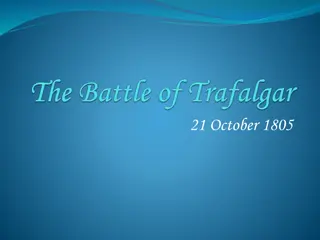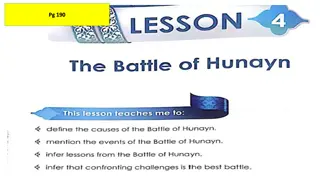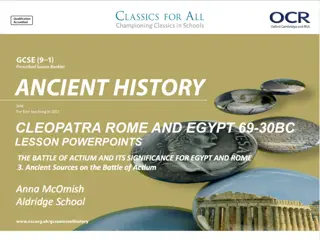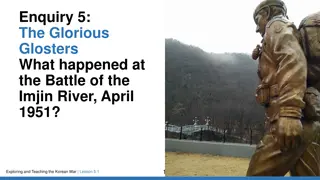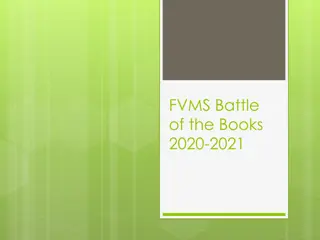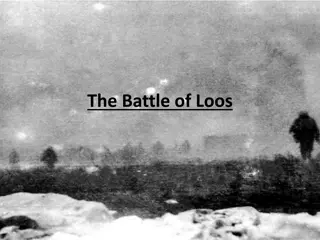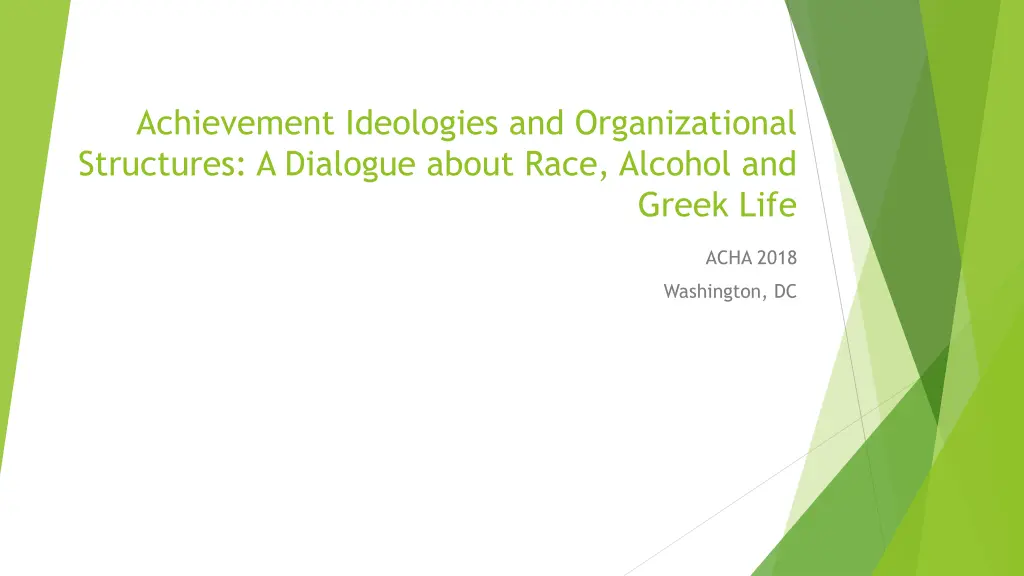
Dialogue on Achievement Ideologies, Race, and Organizational Structures
Explore the impact of achievement ideologies, race, and organizational structures on well-being with discussions on unconscious bias, micro-aggressions, and transparency. Reflect on making the invisible visible and promoting racial consciousness for equity in educational settings.
Download Presentation

Please find below an Image/Link to download the presentation.
The content on the website is provided AS IS for your information and personal use only. It may not be sold, licensed, or shared on other websites without obtaining consent from the author. If you encounter any issues during the download, it is possible that the publisher has removed the file from their server.
You are allowed to download the files provided on this website for personal or commercial use, subject to the condition that they are used lawfully. All files are the property of their respective owners.
The content on the website is provided AS IS for your information and personal use only. It may not be sold, licensed, or shared on other websites without obtaining consent from the author.
E N D
Presentation Transcript
Achievement Ideologies and Organizational Structures: A Dialogue about Race, Alcohol and Greek Life ACHA 2018 Washington, DC
Topics for Discussion Factors Impacting Well-being Organizational Structures Dichotomy between Achievement Ideologies & Institutional Policies and Practices
MAKING THE INVISIBLE MAN, VISIBLE I am an invisible man. I am a man of substance, of flesh and bone, fiber and liquids and I might even be said to possess a mind. I am invisible, simply because people refuse to see me. When they approach me they see only my surroundings, themselves, or figments of their imagination - everything and anything except me. - Ralph Ellison, The Invisible Man
Transparency Making explicit what is often hidden (Tinto, 2017)
Unconscious Bias Implicit or unconscious bias happens by our brains making incredibly quick judgments and assessments of people and situations without us realizing
Micro-aggressions are the everyday verbal, nonverbal, and environmental slights, snubs, or insults, whether intentional or unintentional, which communicate hostile, derogatory, or negative messages to target persons based solely upon their marginalized group membership.
Race Conscious Pay attention to racial inequities in educational experiences and outcomes Are students from historically underserved racial/ethnic groups represented? Are faculty and staff working with your program(s) a fair representation of your student body? Does your campus create an environment in which students from historically underrepresented groups feel welcome and experience equity in outcomes?
Institutionally Focused Acknowledge that institutional, faculty and staff practices may not be working Do your programs provide additional support to (for) NPHC groups who need it? Are you still using programs and administering services the way you did 2, 5, 10, 15 years ago?
Systemically Aware Understand inequity as a dysfunction of structures, policy, and practices Do you and your staff understand that day-to-day practices and policies are NOT inherently race- neutral? Do you and your staff understand what institutional racism is and how it e/affects students? Do you and your staff understand what implicit bias is and the role it plays in the lives of students? Do you and your staff regularly examine your own biases and take action to counteract them?
Equity Advancing Take action to eliminate inequity Have you set numeric goals to close equity gaps? Are you monitoring progress towards closing equity gaps? If equity gaps are identified and goals set, have you developed adaptable plans?
Evidence-based Question assumptions, recognize stereotype and implicit biases, rely instead on disaggregated quantitative data and qualitative inquiry findings When was the last time you assessed student representation and outcome data by race, ethnicity, gender, GPA, Greek affiliation, participation in athletics and living arrangement? When was the last time you conducted qualitative inquiry to determine actual day-to-day use, norms and perceptions of alcohol specifically with African American students participating in Greek Life?
Changing the Narrative Deficit Why do so few African American male students enroll in college? Asset Based How were aspirations for postsecondary education cultivated among African American male students who are currently enrolled in college? Deficit Why are first generation students so disengaged in campus leadership positions and out-of-class activities? Asset Based What compels first generation students to pursue leadership and engagement opportunities on their campuses?
CHANGING THE NARRATIVE Deficit Why are Black Greek grade point averages often the lowest among both sexes and all racial/ethnic groups on many campuses? Asset Based What resources are most effective in helping African American achievers earn GPAs above 3.0 in a variety of majors, including STEM fields? Deficit Why are African American students relationships with faculty and administrators so weak? Asset Based How do key institutional agents go about cultivating meaningful, value- added relationships with African American students?
REFERENCES Dorinda Carter (2008) Achievement as Resistance: The Development of a Critical Race Achievement Ideology among Black Achievers. Harvard Educational Review: September 2008, Vol. 78, No. 3, pp. 466-497. U.S. Department of Education. (2016). Digest of Education Statistics. Washington, DC: National Center for Education Statistics Ainsworth-Darnell James W., Downey. Douglas B. 1998. Assessing the Oppositional Culture Explanation for Racial/Ethnic Differences in School Performance. American Sociological Review 63:536 53. Maria Kalpidou, Dan Costin, and Jessica Morris. Cyberpsychology, Behavior, and Social Networking. April 2011, 14(4): 183-189. Kenny, M. E., & Perez, V. (1996). Attachment and psychological well-being among racially and ethnically diverse first year college students. Journal of College Student Development, 37(5), 527-535. The Differential Effects of On- and Off-Campus Living Arrangements on Students' Openness to Diversity* Gary R. Pike NASPA Journal Vol. 39 , Iss. 4,2002
REFERENCES Siebert, D. C., Wilke, D. J., Delva, J., Smith, M. P., & Howell, R. L. (2003). Differences in African American and White college students' drinking behaviors: Consequences, harm reduction strategies, and health information sources. Journal of American College Health, 52(3), 123-129. Crenshaw, K. (1991). Mapping the margins: Intersectionality, identity politics, and violence against women of color. Stanford law review, 1241-1299. Cho, S., Crenshaw, K. W., & McCall, L. (2013). Toward a field of intersectionality studies: Theory, applications, and praxis. Signs: Journal of Women in Culture and Society, 38(4), 785-810. Ostafin, B. D., & Palfai, T. P. (2006). Compelled to consume: The Implicit Association Test and automatic alcohol motivation. Psychology of Addictive Behaviors, 20(3), 322-327. National Pan-Hellenic Council, Incorporated. (2013). Retrieved from http://www.nphchq.org/ Rhodes, W. A., Singleton , E., McMillan, T. B., & Perrino, C. S. (2005). Does knowledge of college drinking policy influence student binge drinking. Journal of American College Health, 54(1), 45-54.

![READ⚡[PDF]✔ European Mail Armour: Ringed Battle Shirts from the Iron Age, Roman](/thumb/20552/read-pdf-european-mail-armour-ringed-battle-shirts-from-the-iron-age-roman.jpg)
